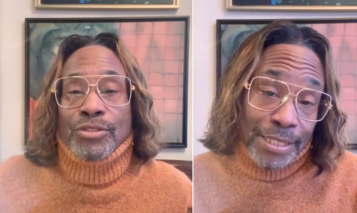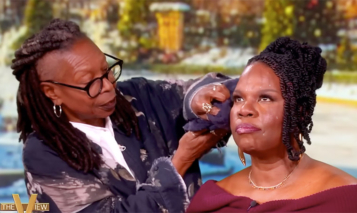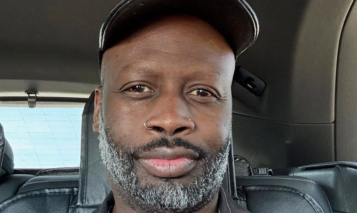
Sharron Thornton, a 60-year-old grandmother who lost sight in both eyes 9 years ago due to a rare corneal disease, can see again after docs implanted a part of one of her eyeteeth into her left eye.
The procedure known as as modified osteo-odonto-keratoprosthesis, was the first of its kind performed in the United States. The surgery has already been performed with success in Britain.
Doctors at the University of Miami’s Bascom Palmer Eye Institute extracted one of Thornton’s canine teeth (eyeteeth) and shaved off the crown of the tooth that’s visible above the gum leaving only the root and a portion of the surrounding bone.
Doctors then shaved off a part of the root and bone leaving only a sliver of the root and bone. In other words, the entire tooth was not implanted in her eye.

Oral mucous membrane from inside her cheek was removed and grafted to her left eye. Thornton had been blind for 9 years after a rare corneal disease her corneas permanently scarred.

A hole was drilled into the center of the sliver of bone and tooth to serve as an anchor for the cylinder lens, which was placed in the center. The cylinder lens allows light to reach the back of her eye enabling her to see again.

The cylinder lens, tooth and bone (called a odonto-keratoprosthesis) was then implanted into a hole drilled in Thronton’s cornea.

The mucous membrane which was removed from inside her cheek was overlayed on top of the odonto-keratoprosthesis like a skin graft over the eye.

The photo of Mrs. Thornton shows the eye as it looks with the oral tissue and tooth laid over her eye with the cylinder lens protruding out of the center. Later a prosthetic eye shell will cover her left eye and give it a completely normal appearance.





